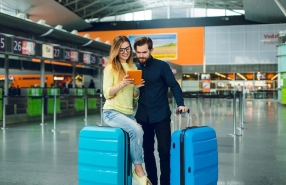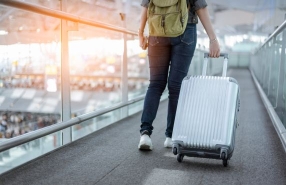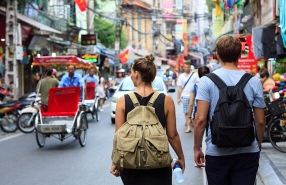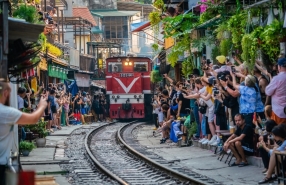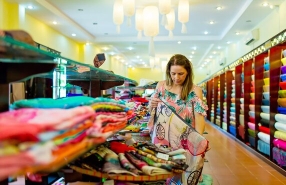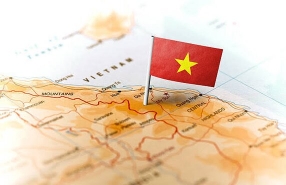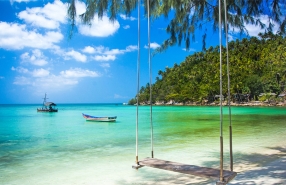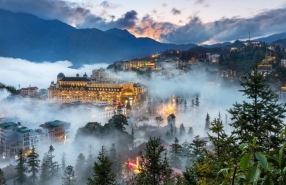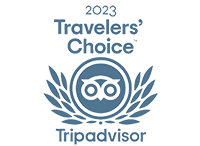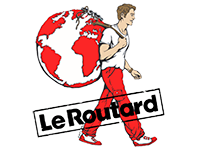Cambodia Packing List - What To Pack For Cambodia?

Table of Contents
I. Essential travel documents - Foreign travel checklist
1. Passport and visa
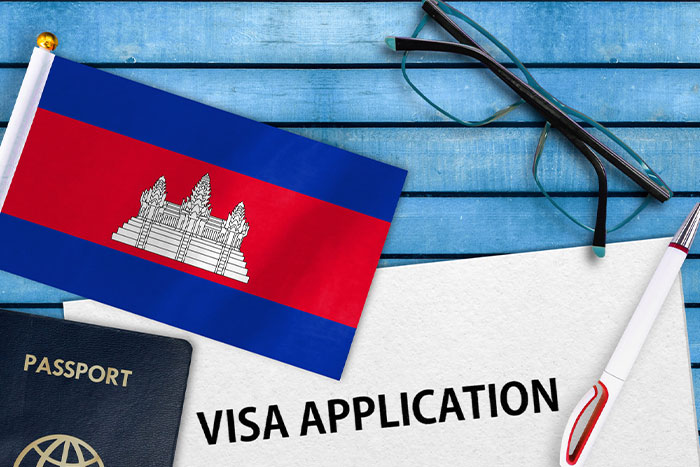
e-visa: Cambodia allows travelers to apply for an e-Visa for a 30-day tourist stay. The cost is $30 USD and processing takes approximately three business days. You can submit your application directly online on the official Cambodian government website.
Visa on arrival: If you arrive in Cambodia by plane at one of the main international airports (Phnom Penh or Siem Reap), you can obtain a visa on arrival. The cost is $35 USD for a 30-day tourist stay.
Visa exemption: Certain nationalities, such as those from ASEAN, are exempt from visas for stays of less than 14 days. It's important to verify specific requirements based on your nationality before departing.
2. Essential additional documents
Flight tickets: It's essential to have a copy of your round-trip or onward ticket. Cambodian authorities may require this proof upon entry to the territory.
Identity photos: Prepare 2 recent identity photos in 4x6 cm format for the visa, whether for an e-Visa or visa on arrival.
Travel insurance: Travel insurance is strongly recommended, particularly if it covers medical repatriation. Verify that the insurance also includes medical expenses, baggage loss, and coverage for trip cancellations.
International driving permit: If you plan to rent a vehicle in Cambodia, an international driving permit is necessary. This permit allows you to drive legally in the country. Make sure to obtain one before departing.
II. What to pack for Cambodia? Essential packing list
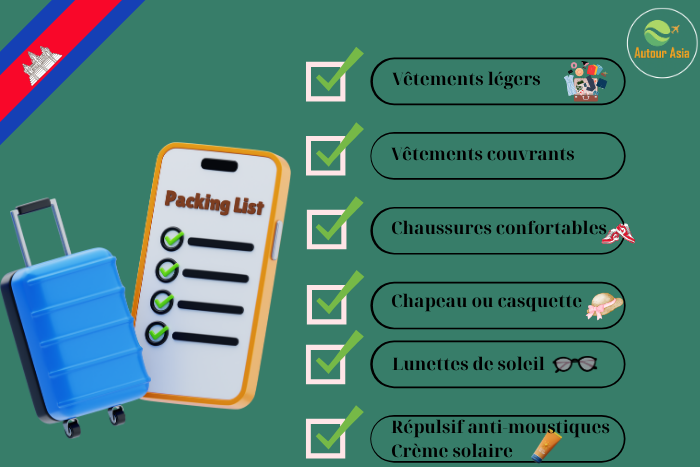
1. Clothing adapted to tropical climate
Light clothing: Favor light and breathable clothing, preferably cotton or linen, which will allow you to stay cool. T-shirts, light pants, and long dresses are ideal choices.
Covering clothing: Although the climate is hot, it's respectful to cover your shoulders and legs, especially when visiting temples. Light long pants or a long skirt as well as a long-sleeved top are strongly recommended to avoid drawing attention in religious places.
Comfortable shoes: You'll be walking a lot, particularly if you explore the Angkor temples. Opt for comfortable walking shoes suitable for uneven terrain and long visits.
Swimwear: If you intend to visit Cambodian beaches or enjoy hotel pools, don't forget to bring your swimwear.
2. Practical accessories
Hat or cap: A good hat or cap will protect you from the sun.
Sunglasses: Essential for protecting your eyes from intense UV rays.
Mosquito repellent: Mosquitoes are active, particularly at dusk and dawn. It's essential to apply mosquito repellent to protect yourself from bites, especially to avoid diseases like dengue or malaria.
Sunscreen: The Cambodian sun can be very strong, so it's recommended to apply sunscreen with a high protection factor.
3. Electronics and accessories
Charger and adapter: Cambodia mainly uses type A, C, and G plugs. A universal adapter is therefore recommended.
Camera: Cambodia is full of magnificent landscapes and historic temples. Don't leave without a camera to immortalize these unforgettable moments.
Power bank: A power bank can be very useful for charging your devices during excursions.
III. Practical advice for your trip to Cambodia
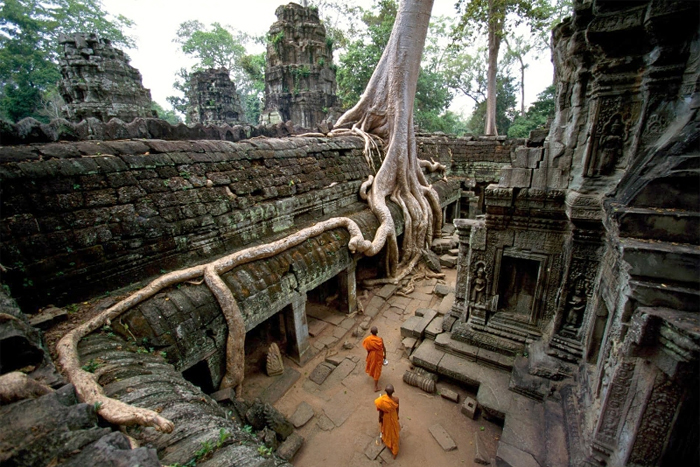
Respect for local customs: Cambodia is predominantly Buddhist, and it's important to respect traditions, especially in religious places like temples. Dress modestly (long pants, long sleeves) and avoid touching people's heads, which is considered offensive.
Security and health: Cambodia is generally safe, but remain vigilant with your personal belongings, especially in tourist areas. Drink plenty of water to avoid dehydration, and use repellent to protect yourself from mosquitoes.
Transportation in Cambodia: Tuk-tuks are the most popular means of transportation in the city. To explore more, motorcycle rental is an option, but be careful of traffic. Buses and taxis are also available for longer journeys.
- Angkor temples tour
- Cambodia Travel Guide
- Cambodia Tour 2 Weeks
- Cambodia Package Tour
The best time to visit Cambodia depends on your preferences regarding climate and activities. The dry season, from November to April, is ideal for visiting the Angkor temples and exploring other tourist sites, as the weather is hot and sunny, with temperatures ranging from 25°C to 35°C. If you prefer to avoid the crowds and enjoy lower prices, the rainy season, from May to October, can offer a quieter experience, although showers are frequent, especially in the afternoon. However, the vegetation is more lush, and the landscapes are stunning during this period.
Yes, it is definitely worth going to Cambodia, especially if you are passionate about history, culture, and nature. The country is famous for its impressive temples, particularly Angkor Wat, a UNESCO World Heritage site that offers an unforgettable experience. Beyond its historical sites, Cambodia also attracts visitors with its natural beauty, including idyllic beaches, peaceful islands, and tropical forests. Additionally, the Khmer culture, lively markets, delicious cuisine, and the hospitality of the locals add to the country's appeal. Although Cambodia is still a developing country, it offers an authentic and unique experience that makes it a fascinating destination for travelers seeking adventure and discovery.
The ideal duration for a trip to Cambodia depends on your interests and the pace at which you wish to travel. Generally, a stay of 7 to 10 days is enough to explore the country's main attractions. This allows for a few days in Siem Reap to discover the Angkor temples, visiting the capital Phnom Penh with its history and monuments, and exploring the coastal regions like Sihanoukville or the surrounding islands for some relaxation. If you wish to explore more of the country, including its remote villages, national parks, or the Mekong River banks, planning for 2 weeks will give you more flexibility and time to fully enjoy the Cambodian experience.
Related travel guide
Other similar articles
CUSTOMIZABLE BY LOCAL EXPERTS
Personalized trip at the original price!
REFUND GUARANTEE
We believe in our work and promise to give you money back.
GOOD PRICE / QUALITY
95% satisfied more than expected!
24/7 LOCAL SUPPORT
We are always available online to provide assistance at any time.
Most read articles
Autour Asia is highly recommended on
Embracing the mission of "Satisfied more than expected" and providing authentic experiences, we have received numerous recommendations on reputable travel forums:











